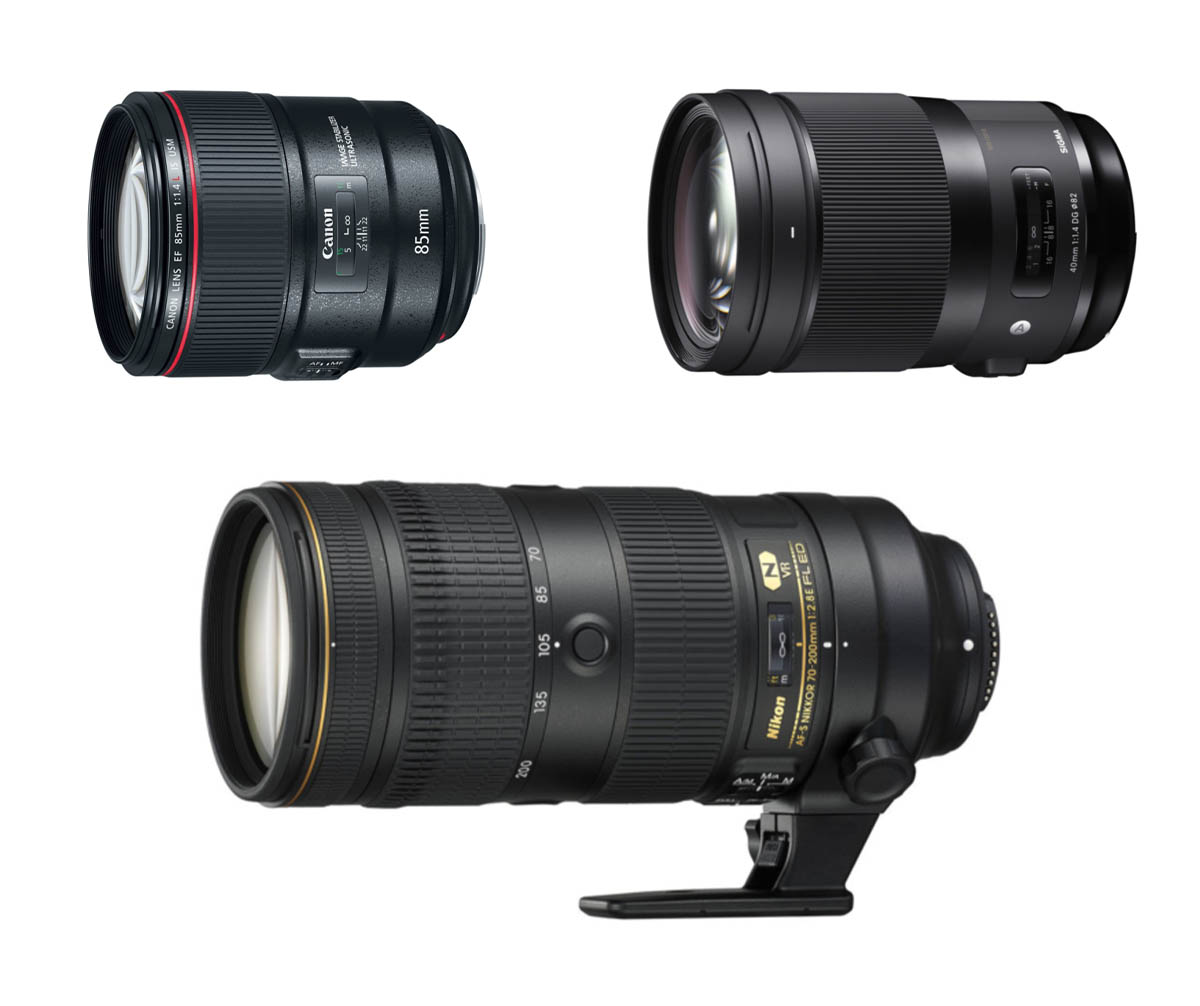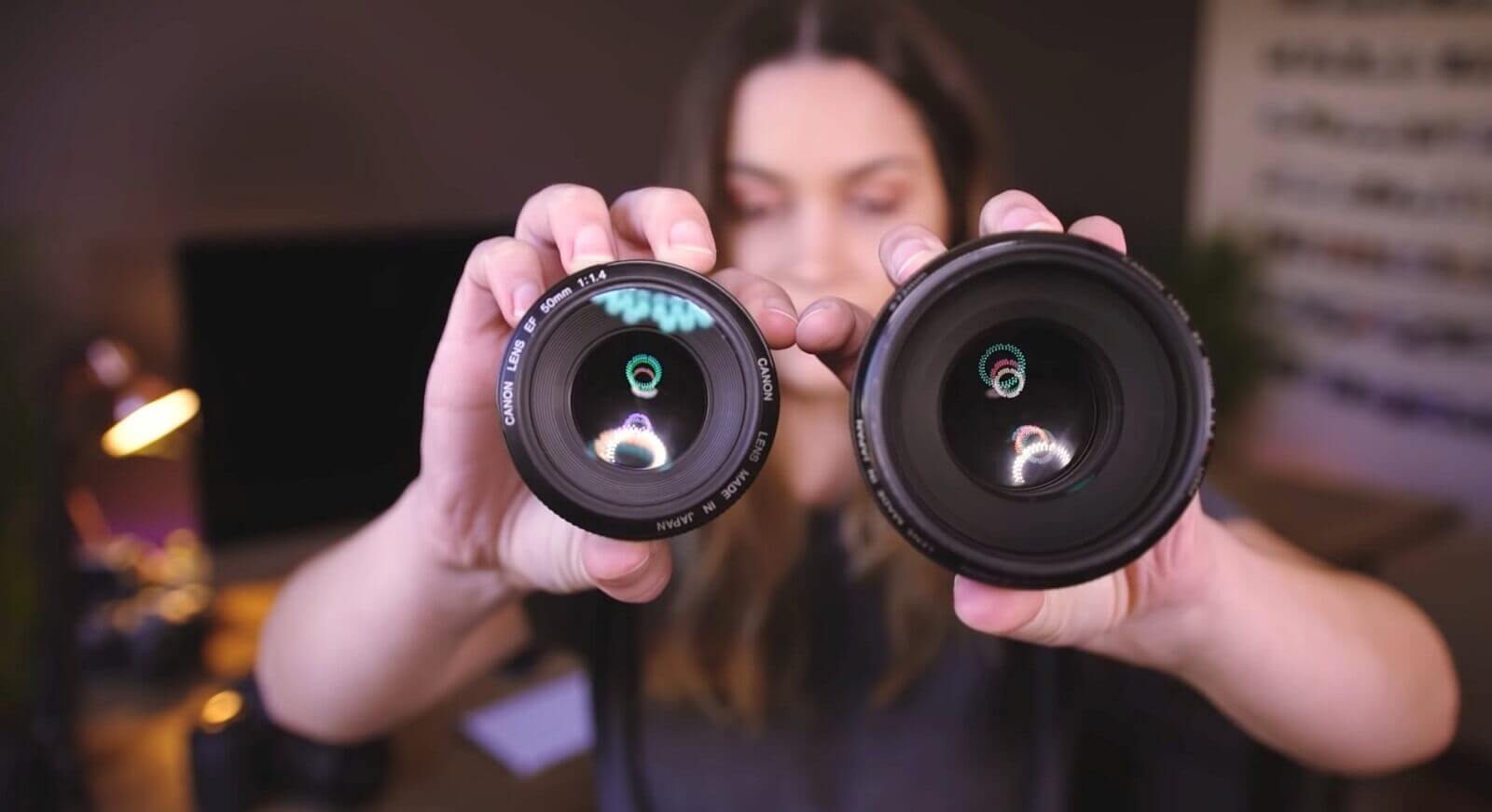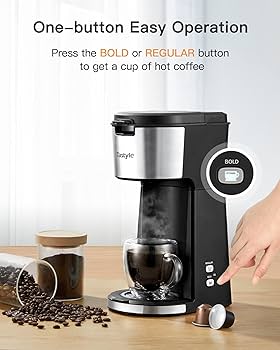Master the Art of Capturing: What Camera Lens to Use for Portraits
Introduction
Amid the vast universe of photography resides the immersive world of portrait photography. While the artistry mostly lies in the creativity and technique of the photographer, the equipment utilized equally plays a pivotal role. When capturing portraits, the camera lens acts as the photographer's eye, influencing the final result. Hence, understanding which lens to use for portraits can significantly upgrade your photography game. This comprehensive guide will put the spotlight on how to choose the right lens that highlights your subject and enhances your portrait photography.
What is Portrait Photography?
Portrait photography, fondly known as portraiture, is an immersive genre in the photographic sphere dedicated to capturing individuals or groups' essence. It stretches beyond merely documenting physical appearance to encompassing the subject's mood, persona, and character. Characterized by its diversity, portrait photography can manifest in several ways:

- Formal Corporate Shots: Typically used in professional settings, these portraits accentuate the subject's credibility and professionalism.
- Candid Snapshots: An impromptu photograph capturing genuine emotions, generally taken without the subject's awareness.
- Environmental Portraits: These merge both the subject and their surrounding environment in the picture, providing a contextual narrative.
Regardless of the style deployed, the common thread that binds all forms of portrait photography is the objective - to portray the subject's story seamlessly through a single image. Hence, the right choice of lens is critical to enhancing this visual storytelling.
The Nitty-Gritty: Understanding Camera Lenses and Their Specifications
Navigating the complex world of camera lenses can often seem daunting for many beginners. The key to mastering the perfect shots lies in understanding the nuances of various lens specifications. Here we aim to break down these features into bite-sized information chunks, simplifying your journey to capturing the world through your camera lens.
• Focal Length - Think of the focal length as the reach of your lens. It's measured in millimeters (mm) and is primarily responsible for determining how much of your scene fits within the frame. The focal length also influences perspective – a long focal length (think 200mm) squeezes your scene, making distant objects appear larger, while a shorter focal length (say 28mm) broadens your scene, granting a wider field of view.
• Aperture - Illustrated as an f-number (like f/4.5 or f/1.8), the aperture controls the amount of light your lens lets in, subsequently influencing the brightness or darkness of your image. In addition to exposure, aperture regulates the depth of field – a lower f-number like f/1.8 allows for more light, producing a shallow depth of field and a beautifully blurred background (bokeh effect), while a higher f-number like f/16 permits less light, resulting in a wider field of sharp focus.
• Lens Format - The lens format, whether full-frame, APS-C, or Micro Four Thirds, can impact your photography significantly. It determines the field of view and depth of field, with full-frame lenses offering the largest field of view.
Once you familiarize yourself with these key features, choosing the right lens that aligns with your artistic vision becomes a less daunting task.

How Does Focal Length and Aperture Impact Your Portrait?
The focal length and aperture of your camera lens can notably impact the final outcome of your portraits. These two elements help to dictate the perspective and depth of field in your shots, ultimately transforming the entire visual narrative.
- Focal length is essential in controlling the perspective of your portrait. Specifically, a longer focal length, ranging from 70mm to 200mm, can help generate a more flattering and feature-focused portrait. This is achieved through its background-compressing effect which minimizes distortions and allows for a stronger emphasis on the subjects:
- Pros: Enhanced subject emphasis, minimized distortions, ideal for close-up portraits
- Cons: Restricted field of view, not suitable for environmental portraits
- Aperture plays a vital role in regulating the amount of light that enters the lens and consequently controls the depth of field of your portrait. A larger aperture such as f/1.8 allows for a shallower depth of field. This widens the lens opening, leading to a beautifully blurred background (bokeh) that draws attention to your subject. Conversely, a smaller aperture like f/16, decreases the lens opening causing a broader depth of field, affording a more detailed and sharp image.
- Pros: Control over the light intensity, ability to manipulate the depth of field, influence background and foreground details.
- Cons: Wide apertures may result in less sharpness around the edges, small apertures require more light to create a properly exposed image.
By having a comprehensive understanding of these two lens characteristics, you can proficiently experiment and create distinguished visual narratives in your portraits.
Prime vs Zoom: What Type of Lens Works Better for Portraits?
When it comes to portrait photography, both prime and zoom lenses hold their respective merits. The perfect lens type heavily hinges on the specific demands of your photo shoot. Let’s delve in to explore the distinct pros and cons of both lens types:
Prime Lenses
Prime lenses are equipped with a fixed focal length, making them well-regarded for the exceptional optical quality they offer:
- Pros
- Superior Image Quality: Prime lenses are noted for their ability to produce sharper, more visually appealing images.
- Wide Apertures: These lenses typically possess wider apertures (f/1.8 or f/1.4), enabling them to excel in low light conditions and create a beautiful background blur, perfect for portraits.
- Lightweight: Their simplistic construction makes prime lenses less bulky and easier to manage.
- Cons
- Limited Flexibility: The lack of zoom function limits flexibility, requiring the photographer to physically move for varying compositions.
Zoom Lenses
Zoom lenses provide a range of focal lengths, known for their flexibility:
- Pros
- Versatility: Their zoom feature offers the flexibility to adjust compositions swiftly without physically moving.
- Convenient: Effective for situations demanding different focal lengths, negating the need to constantly change lenses.
- Cons
- Image Quality: Zoom lenses, especially lower-end ones, might compromise slightly on image quality compared to primes.
- Weight: They generally weigh more due to their complex construction.
While prime lenses often outperform zoom lenses for portraits, advancements in lens technology mean that high-quality zoom lenses can also deliver impressive results. Ultimately, the decision falls upon your specific photography style and shoot requirements.
Which Are the Best Camera Lenses for Portrait Photography?
Determining the best camera lens for portrait photography largely depends on your specific style and the type of portraits you aim to capture. Here, we're highlighting popular and highly recommended lenses, perfect for diverse portrait needs:
1. Traditional Portraits
For classic and conventional portrait photography, prime lenses are your best bet because of their wide apertures and excellent sharpness. Here are two models that photographers highly recommend:
- Nikon AF-S FX NIKKOR 85mm f/1.8G: Built exclusively for Nikon DSLRs, this lens offers a perfect focal length for headshots and full-length portraits alike. Sharp and fast, it renders images with the professional-level clarity and depth.
- Canon EF 85mm f/1.8 USM: This model, designed for Canon cameras, delivers stunning image quality, wonderful color accuracy, and delightful background blur.
2. Professional Portraits
When you need versatility and the option to capture your subject from a distance, a quality zoom lens comes in handy. The model of choice for many professionals in this category includes:
- Canon 70-200mm f/2.8L IS III: Known for its versatile focal range and uniform sharpness, this zoom lens ensures high-quality portraits irrespective of the frame.
3. Portraits for Beginners
If you're a novice in portrait photography, focus more on technique, composition, and expression. For beginners, a lens that offers great value for money is ideal.
- Sony FE 50mm F1.8: This lens, designed for Sony’s range of mirrorless cameras, is a cost-effective choice for beginners dipping their toes into portrait photography.
4. Zoom Lenses
For a more flexible approach to portrait photography, a high-quality zoom lens offers a variation of effective focal lengths in one package.
- Tamron 28-75mm F/2.8 for Sony: This versatile lens is a compact and lightweight alternative to standard lenses, providing an appealing blend of wide-angle and moderate telephoto focal lengths.
- Sigma 24-70mm F2.8 DG OS HSM for Nikon and Canon: Known for its artistic touch and convenience, this lens delivers consistent illumination, high sharpness, and locked-in color balance.
Keep in mind that the "best" lens isn't a one-size-fits-all solution. Instead, it's the lens that enables you to tell your subject's story in the most authentic and compelling way possible. Empower your work by picking a lens that best caters to your personal style and the subject in focus.
Conclusion
Portrait photography offers endless opportunities to represent your subjects in unique, compelling ways. Choosing the right camera lens can be a powerful tool to enhance and differentiate your portraits. Make sure you understand the specifications of each lens and how these can affect your final image to elevate your portraiture.
Related FAQs about what camera lens to use for portraits
How does the choice of lens affect the result in portrait photography?
The choice of lens significantly affects the outcome in portrait photography. It determines the depth of field, degree of distortion, and level of background blur in the photo. A wide-angle lens may distort facial features, while a telephoto lens can create a flattering compression effect. Thus, the lens used can profoundly influence the visual narrative in portraiture.
Can I take quality portraits with a zoom lens?
Absolutely! High-quality zoom lenses can indeed deliver exceptional results for portrait photography. They offer flexibility, covering multiple focal lengths, reducing the need for lens change during shooting. However, generally, they may be heavier and might compromise on image sharpness, especially lower-end models.
What is the difference between aperture and focal length, and how do they affect portrait photography?
Focal length affects the field of view and perspective of your image, while aperture controls the amount of light hitting the camera sensor, influencing depth of field and exposure. In portrait photography, a long focal length and wider aperture (lower f-number) can create a flattering effect with a blurred background, highlighting the subject.


